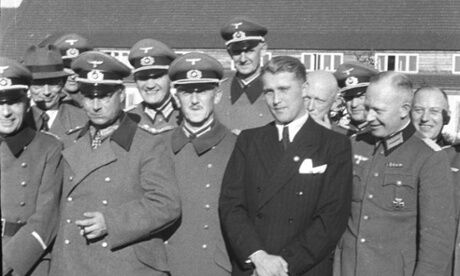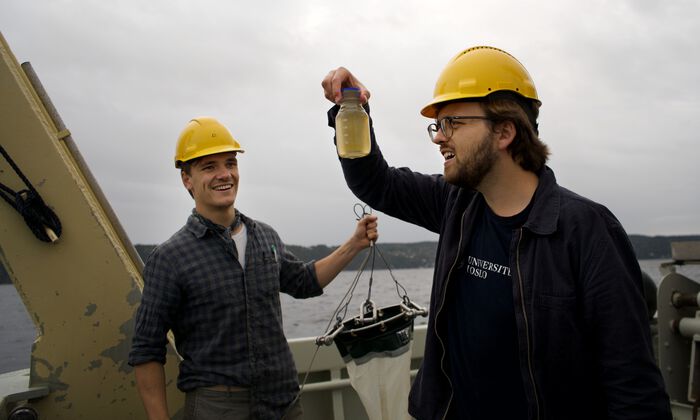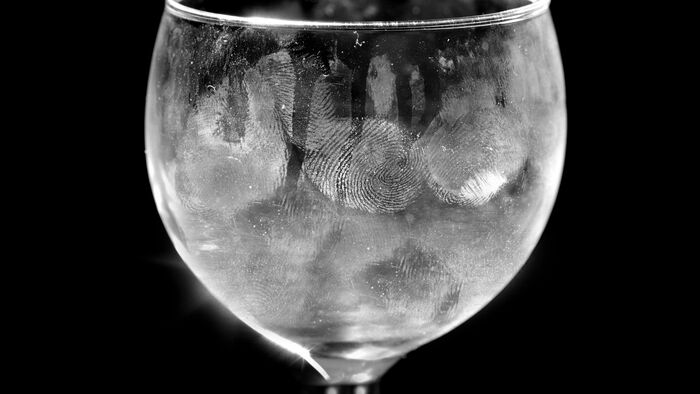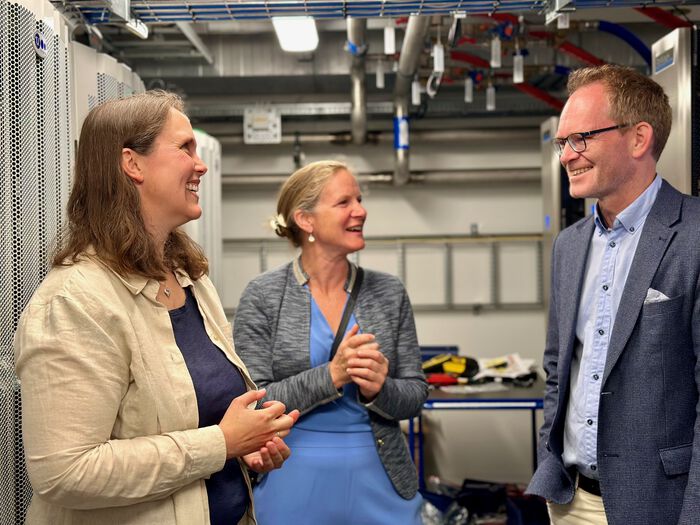Philip Ball skrev i The Guardian i dag om "Who are the Martyrs of Science?": Han illustrerte det med bildet av Wernher von Braun som poserer med Nazi-offiserer i 1941. Ikke så uventet siden Ball nettopp har gitt ut boka Serving the Reich: The Struggle for the Soul of Physics Under Hitler.
Men Ball skrev også:
“... science makes Galileo a hero and martyr persecuted by the cruel and ignorant Church. What’s more, it’s often implied that his fate might have been shared by anyone who, from the Middle Ages to the early Enlightenment, dared to advocate Copernicus’s theory that the Sun, not the Earth, lay at the centre of the heavens. It’s still widely believed that the Italian friar Giordano Bruno was burnt at the stake for holding that view, 33 years before Galileo recanted.
Historians of science oscillate between exasperation and resignation at the fact that nothing they say seems able to dislodge these convictions. They can point out that Copernicus’ book, published in 1543, elicited little more than mild disapproval from the Church for almost a century before Galileo’s trial. They can explain that Bruno’s cosmological ideas constituted a rather minor part of the heretical charges made against him.They can show that it was Galileo’s provocative style and personality – his readiness to lampoon the Pope, say – that landed him in trouble, and that he was wrong anyway in some of his astronomical theories and disputes with clerics (on tides and comets, for example). They can reveal that the conventional narrative of science versus the Church was largely the polemical invention of John William Draper and Andrew Dickson White in the late nineteenth century. It makes no difference. In the “battle for reason”, science must have its heroic martyrs.
Is this perhaps because they are so hard to find? For over the course of history science’s resistance to ideological intervention and manipulation has been largely rather feeble. One of my most disillusioning realisations while researching my book Serving the Reich was of how little scientists in Germany did to oppose the Nazis."
Så forskjellig dette er fra hva mange forskere slår om seg med. Det er massevis av eksempler å ta av, men la meg her sitere Stephen Hawking i boka "On the Shoulders of Giants" der han har skrevet innledninger til oversettelser av verkene til Kopernikus, Galileo, Newton og Einstein. Hawking skriver i introduksjon av Kopernikus:
The answer was proposed by Gioardano Bruno, an Italian scientist and avowed Copernican, who suggested that space might have no boundaries and that the solar system might be one of many such systems in the universe. Bruno also expanded on some purely speculative areas of astronomy that Copernicus did not explore in On the Revolutions. In his writings and lectures, the Italian scientist held that there were infinite worlds in the universe with intelligent life, some perhaps with beings superior to humans. Such audacity brought Bruno to the attention of the Inquisition, which tried and condemned him for his heretical beliefs. He was burned at the stake in 1600.
Ville jeg ha særlig tiltro til en historiker som mente noe som var på tvers av hva fysikere flest står for? Hvorfor hører vi da på fysikere, leger og andre med sterke meninger om historie på tvers av hva vitenskapshistorikere sier?





